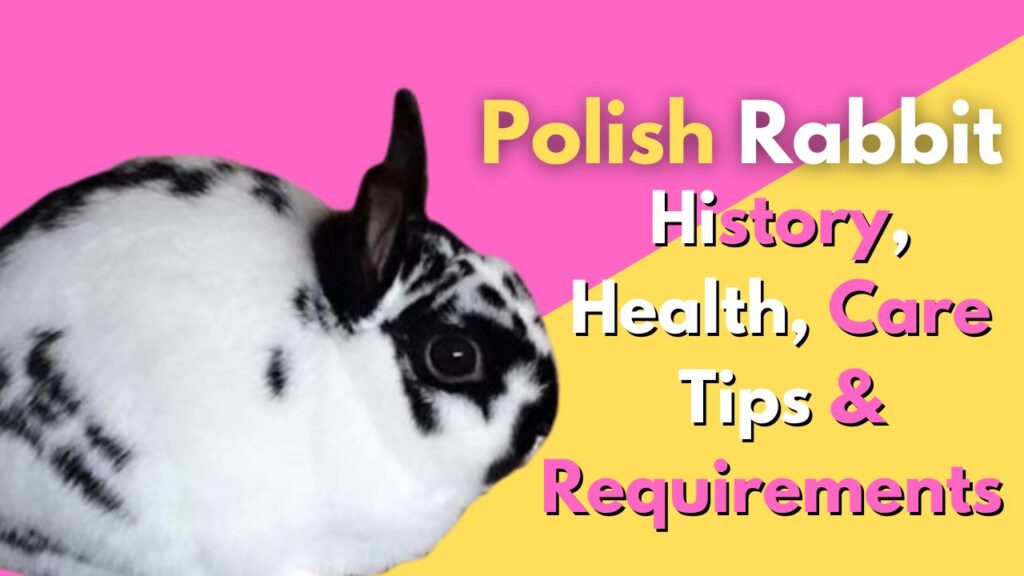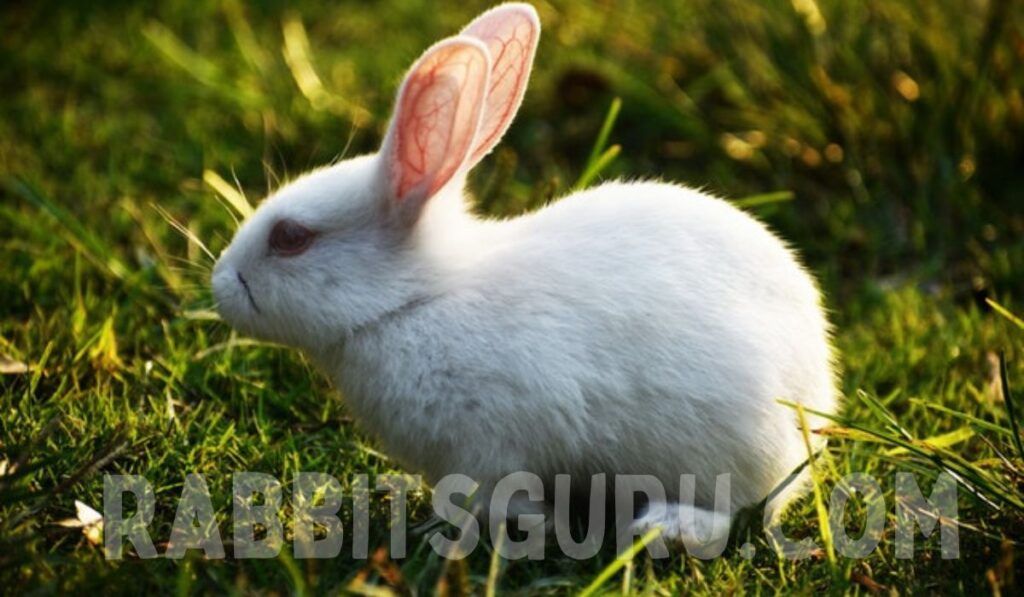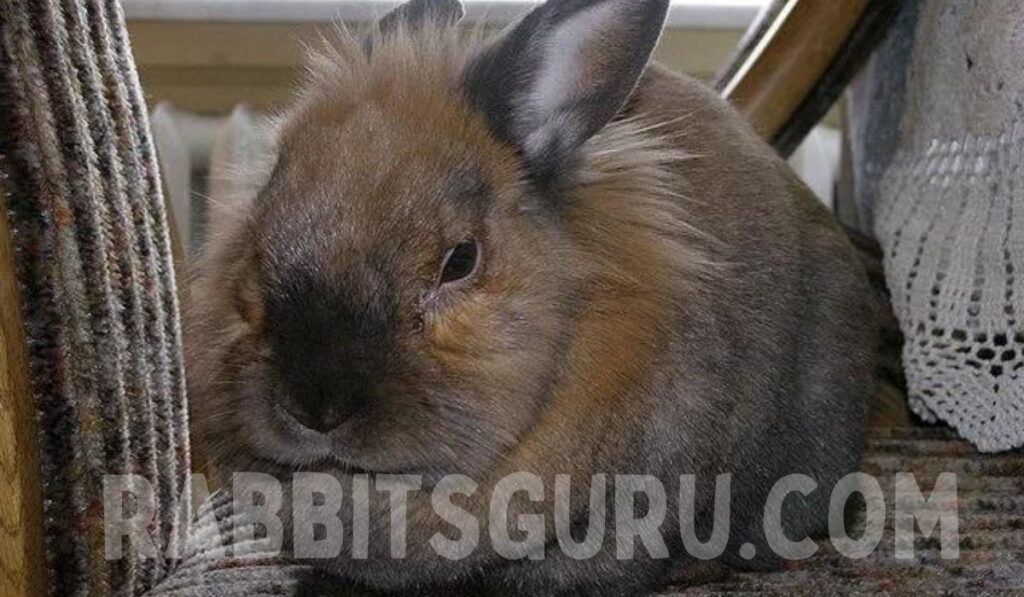Polish Rabbit: History, Health, Care Tips & Requirements
Polish Rabbit have large prominent eyes and a compact well-built body, their charisma makes them the most, apart from being kind caring intelligent and cuddly bunnies.
This is because they are great companions for girls and anyone struggling with their normal times. It is interesting to note that most magicians are employed in their shows because they do not require much space.

History of Polish Rabbit Breeds
The Polish rabbit breed, despite its name, originated in England and may have descended from the albino dutch rabbit. In the early 1800s, some small white rabbits of the Misra breed appeared in England, and breeders started using them as policemen. It is believed to have been created in the 1600s by Himalayan breeders.
In the 1900s, the breed became one of the most popular breeds in Europe.After coming to America in 1912, these rabbits were used to import additional breeds, including the Netherlands dwarf. And have small ears.
How to Care for Polished Rabbit

Polish rabbits are the easiest species to care for due to their small size and ease of handling. They require very little maintenance such as nail clipping on average once a month. They are incredibly resilient rabbits. cm × 60.96 cm ) are sufficient to provide proper care if they only need fresh water grass and about 1/3 cup of premium premium pellets per day.
Housing and care:
Polish rabbits are also very easy to keep. Due to their compact size, this breed is ideal for apartment living as they only need enough space to spread out in their litter.
Like other small breeds of rabbits, Polish rabbits are more sensitive than their larger counterparts and are prone to being stepped on, dropped and injured. They are not the best pets for children but they will do well in mature homes with large roots.
Feeding:
Grass, pellets, leafy greens, fruits, and vegetables make up the Polish Sasha’s diet, as it does for all rabbits, although commercial pellets are recommended for pets. Feed your bunny 1/4 cup of pellets per five pounds of body weight per day.
Provide an ongoing supply of alfalfa pellets for puppies under eight months of age. Supplements may include hay and hay as well as freshly washed fruits and vegetables and greens.
Timothy, or any other free-choice hay, should be continuously available and changed daily. High calcium content. No more than eight months of age is the right time to feed alfalfa hay to your chicks. Never feed your chicks yard clippings because they may have been treated with toxic pesticides.
Health concerns:
Polished rabbits are more prone to matted coats and hairball blockage if they are not brushed once a week to protect them from extreme heat or cold. Or report any changes in toilet habits to your vet immediately.
A breeding Polish rabbit usually lives for five or six years.
Known health problems and Treatments:
Polish Prashant Sir No breed specific health problems otherwise they can develop common rabbit diabetes know about some of the problems below.
Loss of clarity:
- Misalignment of the upper and lower teeth is called malocclusion.
- Bring your rabbit in for a dental check-up Make sure your pet gets enough hay.
Gastrointestinal Stasis:
GI Stasis is another name for this condition.This disease stops or slows down the digestion completely.It can be fatal.Symptoms include loss of appetite, constipation or poor sleep.
Ear Mites:
These parasites are commonly found in domestic rabbits.If your rabbit has this condition, you will notice frequent head tossing and skin stalls may also be present on their inner ears.
Most of the time, ear mites are not a serious problem, however, if left untreated, the sores can become infected and result in reduced chewing power and headaches.
Flystrike:
When the flies lay their eggs on the eggs, they result in a flystrike. When the eggs hatch, they begin to eat the rabbit from the inside out.
Skin problems due to irritation and cheapness are one of the goals. Always keep your rabbit’s back clean.
Swelling:
Common head lesions or tumors can enlarge the area and usually take weeks to develop.
Polish Rabbit Requirements

Food and Dietary Requirements:
The dietary requirements of Polish rabbits are similar to those of other rabbit breeds.They should eat a limited amount of pellets, fresh vegetables and premium hay.
Residence and the same requirement:
Polished Sasha’s cage should be spacious enough to accommodate their comfortable movements The cage should have separate areas for sleeping, eating and playing which should be at least four times the length of the cage.
Exercise and sleep needs:
Polish rabbits are active animals that need regular exercise to keep their bodies and minds in good shape. Give them toys and activities to keep them busy and let them spend at least three to four hours supervised in a safe outdoor environment. Make sure their crib has a quiet, comfortable sleeping area where they can rest.
Training:
Polish rabbits are intelligent animals that can be taught basic skills such as picking up small objects or jumping on cue.
Grooming:
Polish rabbits have short hair so they don’t require much maintenance Brush them weekly with a soft bristled brush to keep their coat clean and healthy and to remove any loose hair Brush frequently during shedding to prevent hairballs.
Conclusion
For experienced rabbit owners, the Polis is also a charming and charming breed that can make fantastic pets. Remember that proper care for them requires attention and socialization in order for them to thrive. If you are looking for a small playful loving friend, a Polish rabbit can be an ideal choice.
Also Read: Californian Rabbit: Care Tips, Size & Diet
